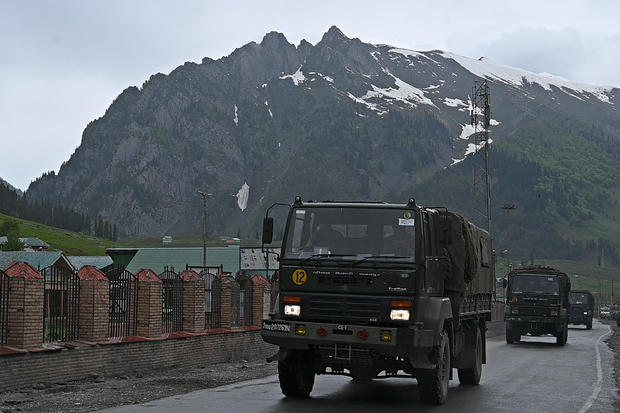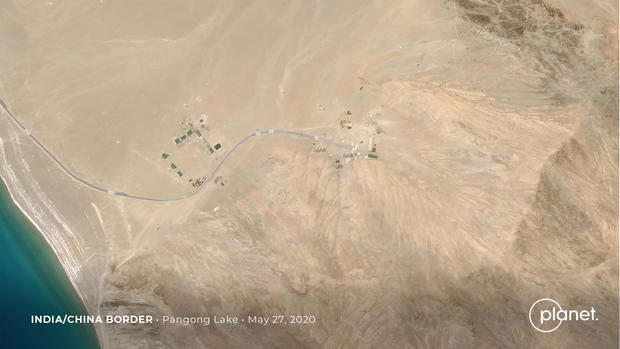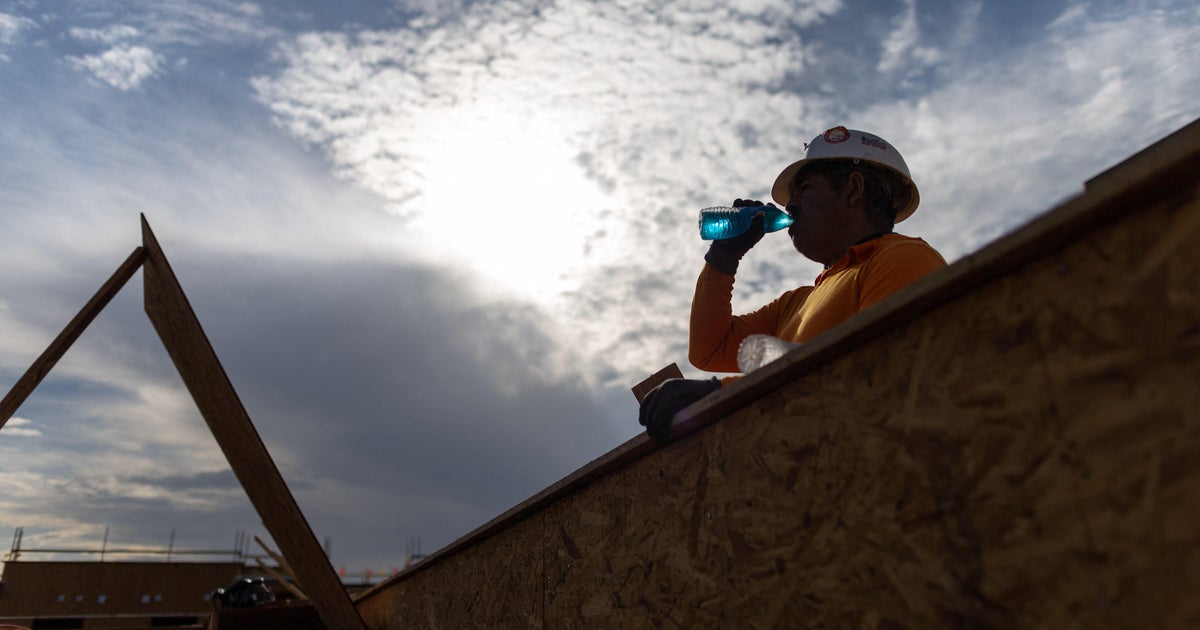India-China border standoff turns deadly for first time in decades
New Delhi — Twenty Indian Army soldiers were killed in a "violent face-off" with Chinese troops Monday night in the disputed Himalayan Galwan Valley, the Indian Army announced Tuesday. It is the first time in decades that the long-simmering border dispute has turned deadly, and there were reports of fresh violence on Tuesday.
In a statement, the Indian Army said "17 Indian troops who were critically injured in the line of duty at the stand off location and exposed to sub-zero temperatures in the high altitude terrain have succumbed to their injuries, taking the total that were killed in action to 20."
China's government did not confirm any deaths among its forces, but a Chinese military commander confirmed "casualties" in a statement released late Tuesday, giving no specifics. Indian government sources said there a total 43 killed and injured on the Chinese side, Indian news agencies reported.
Indian media reports, quoting Army sources, said the soldiers were killed in a physical fight that involved stones and batons, but not gunfire. Regardless, the deaths represent a significant escalation of animosity between the two Asian giants, which fought a brief border war in 1962.
The standoff in the Himalayan region has intensified over the last six weeks, and Monday's clash was the first since 1975 that saw soldiers killed. China's state-run media said Tuesday that more clashes had occurred over the course of the day, but gave little detail.
"During the de-escalation process underway in the Galwan Valley, a violent face-off took place yesterday night with casualties on both sides. The loss of lives on the Indian side includes an officer and two soldiers," the Indian Army said in a Tuesday statement, adding that "senior military officials of the two sides are currently meeting at the venue to defuse the situation."
China accused Indian soldiers of crossing the border into Chinese territory on both Monday and Tuesday, and warned India against "unilateral actions that would complicate the situation."
"We are sternly demanding India to earnestly abide by the relevant agreement and strictly restrain their frontline troops. They should not cross the border lines. They should not stir up trouble. And they should not take any unilateral actions that would complicate the situation on the border," Chinese Foreign Ministry spokesman Zhao Lijian said Tuesday.
Last month, President Trump offered to mediate what he called a "raging border dispute" between the two countries. The offer was rejected by both China, a major U.S. rival, and India, a key ally whose leader has fostered close ties with Mr. Trump.
Senior military officers from the two countries held meetings earlier this month aimed at resolving the border dispute, but the tension has continued to mount. It escalated sharply last month when thousands of Chinese troops reportedly moved into an area along the eastern Ladakh border, which India considers its territory.
In response, India's military moved several battalions of troops to the border, resulting in an eye-to-eye standoff between soldiers on either side of the disputed boundary. Both sides accuse the other of trespassing.
India and China share a 2,100-mile border, much of which remains disputed and without official demarcation. There have been many stand-offs in the region, usually involving pushing and shoving, and even stone throwing by the forces standing guard on either side, but not a single bullet is known to have been fired in decades.
India's recent construction of roads and airstrips close to the Chinese border likely irked Beijing, but some analysts believe China may also be trying to divert attention from its handling of the global coronavirus pandemic with a low-level military confrontation.
"Beijing knows it's taking a lot of heat for its handling of the coronavirus pandemic, and it's increasingly on the defensive. This provocation gives Beijing an ability to showcase its strength and defiance," Michael Kugelman, Deputy Director of the Asia Program at The Wilson Center in Washington, told CBS News last month.







